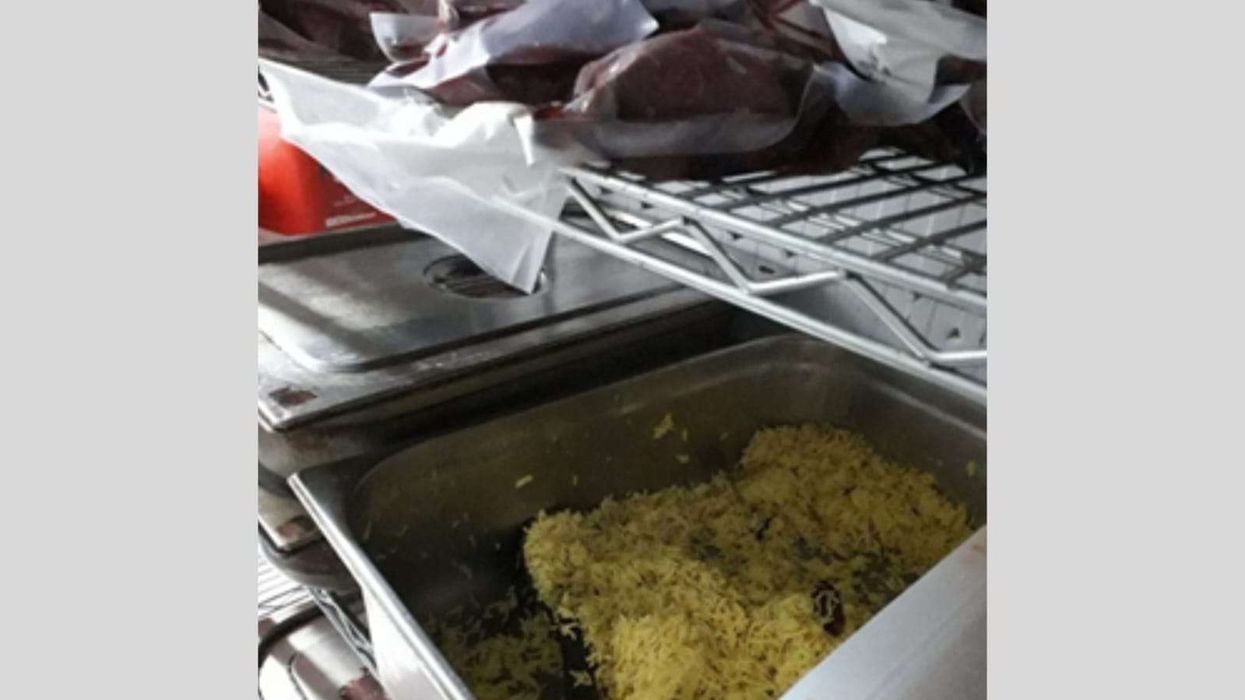The hunt for work becomes more desperate every day on Delhi's street corner labour markets as India's economic slowdown bites deeper, piling pressure on Prime Minister Narendra Modi just half a year into his second term.
With the central bank cutting interest rates five times this year -- but on Thursday unable to lower them any further because of high inflation -- patience was running thin at the "labour Chowk", or market, in the packed, narrow streets of Old Delhi.
Among the hundreds of painters, electricians, carpenters and plumbers who anxiously gather at dawn each day, 55-year-old painter Tehseen has been a regular for three decades. But he is despondent.
His monthly income has slumped from about $350 to $140 in the past three years. He is at least still earning. The unemployment rate, currently about 8.5 percent, has hit a four-decade high in the past two years.
Tehseen blames government efforts to eradicate the tax-avoiding "unofficial economy". A government survey this year estimated that more than 90 percent of the workforce are "unofficial".
Modi stunned the country in November 2016 by cancelling more than 80 percent of the bank notes in circulation, and the introduction a year later of a nationwide goods and services tax dealt a new blow to business confidence.
Last week, official figures showed the economy grew just 4.5 percent in the second quarter, the slowest rate in six years. Modi's rightwing government is struggling to convince the public that it has the answers to the slowdown.
"Companies have suffered since the note ban," said Tehseen.
"They do not want to think about getting their offices renovated when they have no business. We have to bear the brunt now."
Raju, a labour market carpenter for 20 years, said he now goes for days on end without a job offer.
"The work and the money are 50 percent down on what I used to get," he said.
And lower wages means a harder time to get a meal on the table.
- In trouble and worried -
At the Old Delhi food market, Zarina Begum said she sometimes goes home with her bags empty. "The vegetables are just too expensive," said the 50-year-old housewife.
On bad days her children get a meal of pulses, or chickpea flour with oil.
Raj Kumar used to sell a meal of lentils and vegetables in his nearby restaurant for the equivalent of 56 US cents. But increased costs means he now asks 70 cents and sales have taken a hit.
"I had to increase prices to keep up with expenses. But people just don't have the money," he said.
Sandip Jain, a 45-year-old stone mason, said people might have a good opinion of Modi but they are disappointed with his handling of the economy.
"Every businessman is in trouble and is worried. Those who ended their day with an income of 700 rupees (10 dollars) are now down to 270," he said.
Finance minister Nirmala Sitharaman has announced reforms, including easing restrictions on foreign investment and cutting corporate taxes. But that does little to boost public confidence in a country where hundreds of millions live barely on poverty wages.
The multi-nation Organisation for Economic Cooperation and Development stepped up pressure on Modi on Thursday by calling for India to bring down trade barriers and reform its "complex" labour laws that discourage hiring.
"Consumption has fallen because of the breakdown of the labour market," Ram Kumar of the Tata Institute of Social Sciences said.
He said Modi has given incentives to the private sector but companies have not responded and the economy was now worsening because the government "avoids" questions on the slowdown.
Economist Sameer Narang said the government had to see through its privatisation and other reforms but warned "it will be a slow recovery for India from here on".











